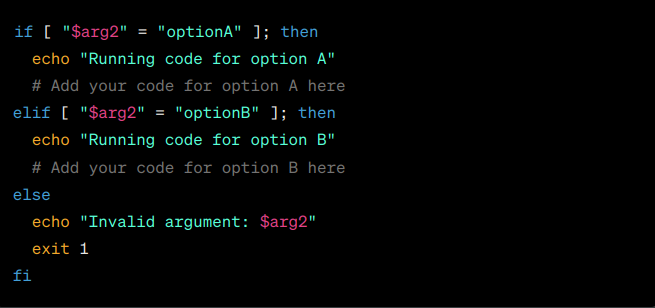Linux shell scripting is a powerful tool that allows users to automate tasks, execute commands, and create complex workflows using simple scripts. Shell scripts are written in a shell programming language, such as Bash (Bourne Again Shell), which is the most common shell used in Linux distributions. This article provides an introduction to Linux shell code, exploring its capabilities, syntax, and benefits.

What is a Shell Script?
A shell script is a text file containing a series of commands that are interpreted and executed by the shell. It enables users to combine various commands, control their execution flow, and automate repetitive tasks. Shell scripts act as an intermediary between the user and the operating system, allowing for increased productivity and efficiency.
Advantages of Shell Scripting:
Shell scripting offers several advantages, making it a popular choice among Linux users:
- Automation: Shell scripts automate tasks, saving time and effort.
- Efficiency: Complex operations can be performed quickly and accurately.
- Accessibility: Shell scripts are easily accessible to both novice and advanced users.
- Portability: Shell scripts are portable across different Linux distributions and Unix-like systems.
- Integration: Shell scripts can interact with system utilities and other applications.
Key Concepts and Syntax:
- Shebang: The shebang (#!) at the beginning of a script tells the system which interpreter to use. For example,
#!/bin/bashspecifies that the script should be interpreted using the Bash shell. - Variables: Shell scripts use variables to store and manipulate data. Variables are declared without explicit types and are referenced using the
$symbol, e.g.,$variable_name. - Command Execution: Shell scripts execute commands using backticks (
command) or the$()syntax. - Comments: Comments in shell scripts begin with a
#character and are ignored by the shell. They provide explanations and improve code readability.
Control Structures and Flow:
- Conditionals: Shell scripts utilize conditionals such as
if,elif, andelseto make decisions based on certain conditions. - Loops: Shell scripts employ loops like
for,while, anduntilto repeat actions until specific conditions are met. - Functions: Shell scripts can define and call functions to organize code and improve reusability.
File Operations and Manipulation:
Shell scripts can perform a wide range of file operations, including file creation, deletion, copying, renaming, and searching. They can also process text files using commands like grep, sed, and awk.
Interacting with the System and Environment:
Shell scripts have access to system information and environment variables. They can execute system commands, retrieve system data, and modify environment variables to tailor the script’s behavior.
Script Execution and Permissions:
To execute a shell script, it must have executable permissions. This can be achieved using the chmod command. Shell scripts are typically executed using the command ./script_name or bash script_name.
Debugging and Error Handling:
Shell scripts provide debugging features to help identify and fix errors. Techniques such as printing debug information, error checking, and logging can assist in troubleshooting.
Linux shell scripting empowers users to automate tasks, improve productivity, and streamline workflows. By harnessing the power of shell code, Linux enthusiasts can effectively interact with the system, perform complex operations, and create customized solutions.









